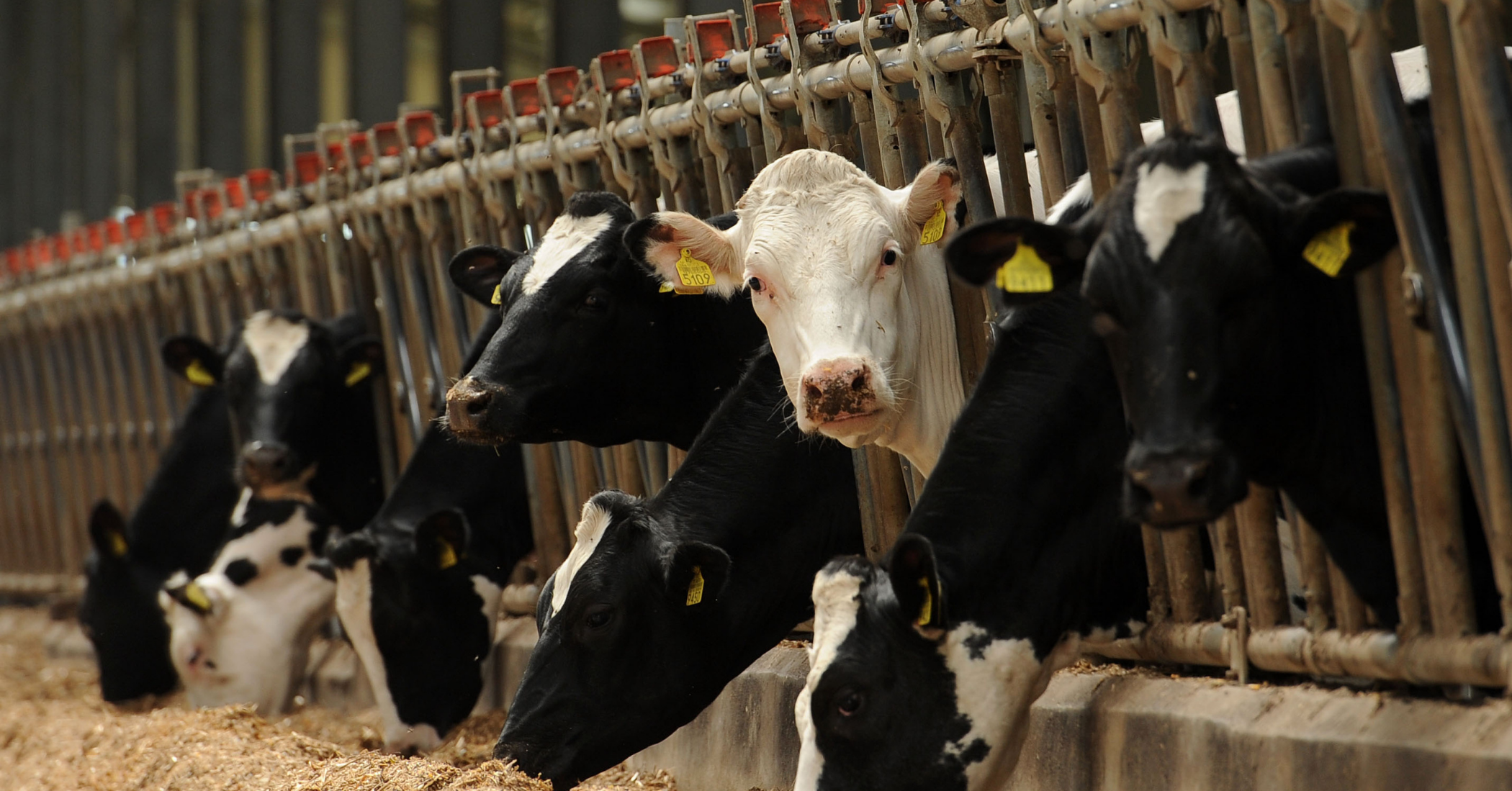
When it comes to the sheer magnitude of exploitation, no one has it worse than today’s farmed animals: not only are they exploited for food, clothing, and entertainment, but they’re also farmed for research and researched for farming.
Indisputably, farmed animals are “research” animals.
Farmed animal research – or, more aptly, the “institutional abuse” of farmed animals for research purposes – increased exponentially after World War II when factory farming began in earnest. Indeed, agricultural research* is credited with having rendered U.S. factory farming feasible in the first place, and its facilitative role continues today.
Each year, an unknown number of farmed animals are victimized in unimaginable ways by agricultural researchers, who receive approximately $1.4 billion in public and private funding. Wholly exempted from the Animal Welfare Act’s definition of “animal”, the sentient casualties of agricultural research can have anything done to them for any reason (and they do).
These farmed animals find themselves the simultaneous victims of two intimately intertwined industries: animal research and agribusiness.
Grown from common roots and owing to the same fundamental interests, the American animal research and agribusiness industries fight closely and concertedly for and alongside one another. They have, by way of example only, lobbied together to weaken the Animal Welfare Act and to help pass laws “to protect research facilities and farms from attacks by animal liberationists.”
And, they fight using the same playbook – in fact, Steve Kopperud, formerly of the American Feed Industry Association (AFIA) and who is credited with “creat[ing] a platform for livestock and poultry industries to resist ‘animal rights’”, was “‘taught’” to lobby against animal protection efforts by NABR’s “chief lobbyist”. (Kopperud and NABR “chief lobbyist” Frankie Trull went on to lead Policy Directions, Inc., “a government relations and lobby firm for FDA and USDA regulated companies, including animal testing, animal breeding, agribusiness, pharmaceutical and processed foods industries, as well as universities and institutions receiving government grants”.)
The unity between the animal research and agribusiness industries makes perfect sense, because they’re identically premised.
Animal research and farming (and, of course, farmed animal research) are predicated on the oppression and commodification of other-than-human animals; and, indeed, the former owes its origins to the latter: historically, “ownership of farmed animals . . . evolved into ownership of other humans and animals who were exploitable because they were conceptualized as property.”
Moreover, both industries have enabled (and continue to enable) their actors to exploit other-than-human animals by “sanctioning the manipulation of animals for human ends” and by convincing the human public to accept that any other-than-human animal is nothing more than a “‘thing’, a ‘tool of science’ whether for the farm or for medicine, as the slave was for Aristotle, ‘a tool with a speaking tongue.’”
The good news, then, is that we can fight both industries at once: combatting animal research is, effectively, combatting animal farming. And vice versa.
By joining together to oppose the use of other-than-human animals for any human ends – by championing their equal consideration, their rights – we can attack the very bedrock of both industries at the same time.
For, if we cannot ethically consume other-than-human animals for food (or science), then we cannot ethically consume them for science (or food). It’s as simple as that.
So, this National Farm(ed) Animal Awareness Week, we send our gratitude to our allies advocating for the interests of factory farmed animals, and we ask those of you who are doing so to consider joining our efforts, as well. We are fighting the same fight against the same enemy, after all.
You can learn more truths about animals used in experiments and testing here.
* Thousands upon thousands of farmed animals are also utilized for biomedical research each year in the U.S.